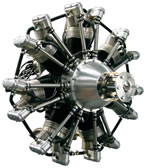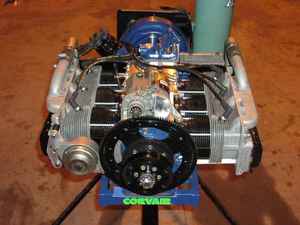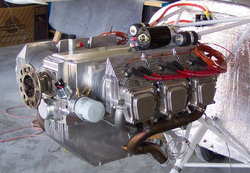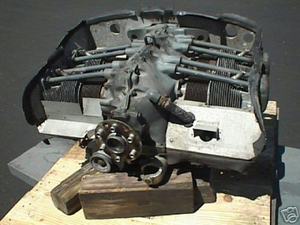Ian's biplane projectPosted August 14, 2006 This is just kind of a dumping ground for information right now. Look for it to turn into a more useful page once I get nearer to the project and start actually spending money and making choices. In late June this year, I was on the verge of tossing my pilot's license in the garbage. Flying is an expensive hobby, and unless you have a good use for it, it feels pretty frivolous. I was mostly going up and doing touch-n-goes in a Cessna 152, which cost $75 or more each time, and didn't really do anything for me. I wasn't skilled enough to do it really well (because I wasn't willing to pay for the practice time), so it was infrequent, frustrating, and expensive. Great. It came to a breaking point in mid July. I was ready to forget flying for a long time if something interesting didn't show up. I decided I should check out something inexpensive and different in the flying world, so I looked up ultralights. I didn't know if that was the right thing, but I knew ultralights were cheap, and you could even fly them without a license. Quickly, and randomly, I came upon the Loehle Spad XIII, which can be flown as an ultralight or an experimental. "Hmm, what's this experimental thing?" I thought to myself. I did some reading, and ended up where I am now. The plane
The airplane kit of choice right now is the Fisher Celebrity. It's an all-wood biplane with a nominal empty weight of 600 lbs, a gross weight of 1230 lbs, and an acceptable engine range of 90-120 HP, and 190-220 lbs. Fisher claims it takes 500 hours to build, but most builders seem to spend 1000-2000 hours on theirs. I'm planning that the build would take place over the course of between 3 and 5 years once I got started. It's a long time, but it's better to start with a too-long plan and be pleasantly surprised when you finish early than the other way round. I won't be spending any money on anything until after I've moved, which will be happening in the next year or two. So, the projected completion date is around 2013. Hopefully it'd be done sooner, but 2013 is what I'm counting on. The enginesThe first engine I'm considering is the Continental O-200, a 100 HP certified aircraft engine:
The next engine I came across was the Rotec R2800 radial engine, which produces 110 HP: Next, I found William Wynne, who's a huge proponent of converting Corvair engines (100 HP, 220 lbs) for use in airplanes:
Next, the Jabiru 3300 came to my attention -- at 120 HP and 178 lbs, it's got the best power to weight ratio of all the engines I'm looking at: Finally, someone suggested I check out the Lycoming O-235, which I've seen referred to as between a 100 and 135 HP motor (here's why: check out this list of O-235 models):
Engine breakdown (so to speak)The engines stack up against each other like this (on the 1-10 scales, 1 is always "worst" and 10 is always "best"):
On a cost basis alone, it's no contest. The Corvair wins hands down. I can buy replacement parts at any auto parts store. But it's a car engine, and has a relatively unproven record when compared to the aircraft engines. On a reliability basis (pretty important, in the long run), either of the certified engines makes the most sense. However, they're comparatively heavy and inefficient, and they cost a lot, whether you're looking at the initial price or the rebuild/maintenance price. On a "what looks good" basis, there is, once again, no contest: the Rotec radial wins every time. But it's expensive, and has a completely unknown track record. At least Corvair engines have been flying since the 1960s, and I'd have a decent amount of trust in one. Not so the Rotecs. On a cost and power:weight basis, the Jabiru is the clear choice. I've heard good reports about these engines in Europe, and I could be swayed with a bit more research. However, they're relatively new, and relatively unknown when compared with the Continental or Lycoming. The relatively high power:weight number also gives me pause, although I'd buy that modern materials make a big difference. Overall, I'm stuck. Each engine has something to recommend for it, and to recommend against it. A reliable engine is great, but if I can't afford to fly it, what's the point? A cool looking engine is neat, but if I'm afraid to fly it, again, what point? The Jabiru 3300 actually seems to strike the best balance in my mind right now. A final factor which may prove to be very important is insurability. If I can't get insurance with a given engine, that pretty much takes it right off the list. The certified engines are just about guaranteed to be insurable. The others, well, who knows? I'll find out when I go to ask about insurance. Instruments and avionicsThis is the minimum set of instruments and avionics I've been thinking I'd want: Flying instruments:
Engine instruments:
Avionics:
Lights:
Created by Ian Johnston. Questions? Please mail me at reaper at obairlann dot net. |





